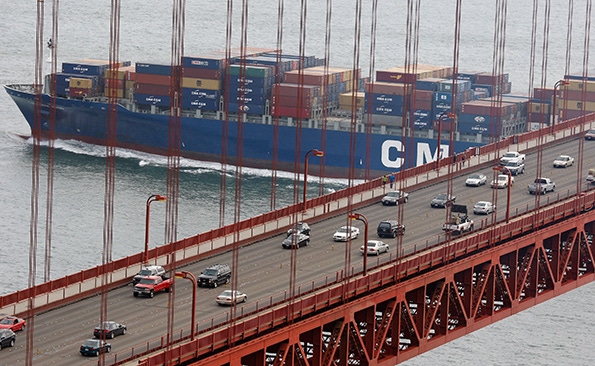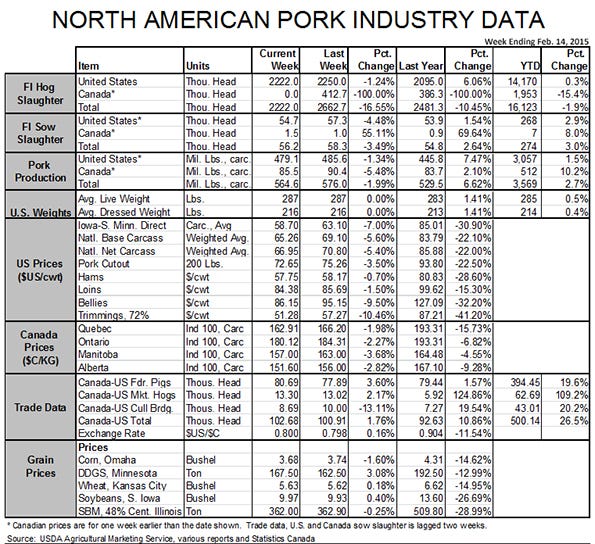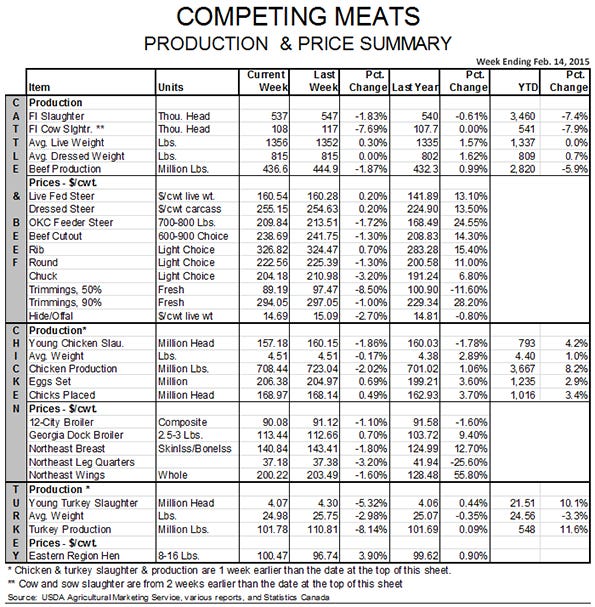February 16, 2015

For several years now I have put “a trade-disrupting animal health situation” at the top of my list of risks to any forecast. I always point out that the probability of such a catastrophe is small but that the impact would be enormous thus making hoof and mouth disease, classical swine fever and African swine fever the potentially largest risks to the U.S. pork industry. The “small probability” has been born out again and again as the United States has not encountered problems in spite of significant disease events in the United Kingdom, European Union, Russia, South Korea and China.
But now we are being provided with an idea of the enormous economic impact that such a break might have. Let’s just call the West Coast port situation “FMD Lite” or even “FMD Really, Really Lite.” That seems hard to believe given what has transpired over the past couple of months but this export disruption is, by my judgment, child’s play to what a “disruption with a capita D” could be.
The port slowdown started in July when the contract between the port operators bargaining association and the longshoremen expired. It didn’t cause much trouble until late last year. A bottleneck eventually backs up a lot of the stuff that that should be flowing through it, though, and the pool of goods waiting to flow into and out of those ports is now getting large indeed. Pork is just one of those goods but it appears we might as well be all of them since clearing the other items will be necessary to clear the pork shipments.
Those 29 West Coast ports, according to Foreign Agricultural Service data on exports by customs district, accounted for about 48% of 2014 U.S. pork exports. The other customs districts, including overland routes to Canada and Mexico remain open and yet we hear of some significant back-ups of pork with some orders being cancelled entirely and others going to storage.
Should “disruption with a capital D” occur, all U.S. pork exports would be stopped, not just half of them. There would be no pressure relief on those shipment cancellations and available freezer space would be occupied very quickly. It would not matter what the discounted price of product to Canada and Mexico is – they would, for at least a few months and perhaps a year, take no U.S. product.
Imagine what the market impact would be of all of our exports backing up the way a few percent have this winter. Chilling, isn’t it? The only way to take care of that backlog will be to drop prices to a level that people will consume the product. If the cause is hoof and mouth disease, that will apply to beef as well, making the backlog of meat protein even more severe. Just how responsive might consumption be to 70% or 80% lower prices? No one knows because no one has priced product that low before.
Can a plan be in place to handle a complete disruption to U.S. exports? Yes, but it may not be a plan that avoids much economic carnage since the challenges are so enormous and will be so long-lasting. But that does not mean we should not try and a good number of smart people have been working on such a plan. Key will be identifying and isolating the disease quickly – far more quickly than we did with porcine epidemic diarrhea virus. Key to that effort will be animal and premise identification. Are you up-to-date in those aspects of your operation?
I don’t mean to sound alarming but this little snafu at the ports is a good opportunity to consider just how enormous the impact of a pork closure would be. It’s not something any of us enjoy, but let’s make some comparative lemonade out of the lemons we are being dealt.

About the Author(s)
You May Also Like





